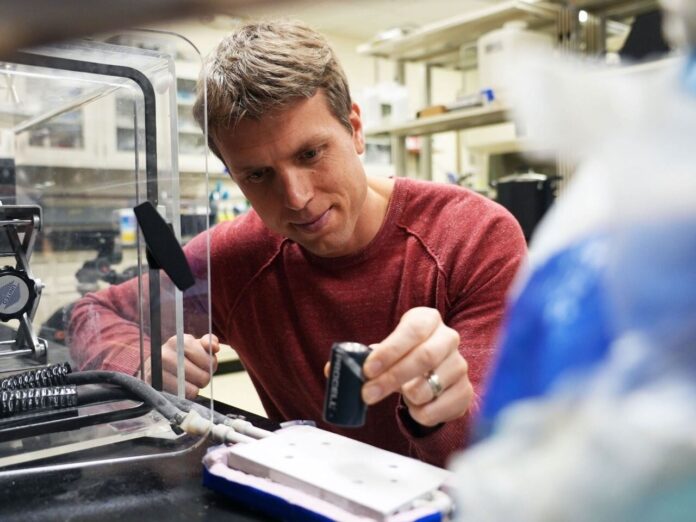Every winter, frost brings unwelcome disruptions – from icy windshields to frozen heat pumps. Traditional defrosting methods rely on energy-intensive heating or chemicals that harm the environment. Now, researchers at Virginia Tech are proposing a more innovative solution: electrostatic defrosting (EDF).
This method takes inspiration from the tiny electrical charges already present within frost itself. Associate Professor Jonathan Boreyko and his team believe they can harness these natural electrical currents to remove ice without resorting to heat or harsh chemicals. Their previous work demonstrated how using a small voltage could polarize water films near frost, detaching microscopic ice crystals.
EDF builds upon this concept by applying a much stronger voltage to an electrode positioned above the frost. The idea is that this will further intensify the electrical polarization within the frost. This increased polarization creates a strong attraction between the frost and the electrode, causing the frost crystals to fracture and “jump” off the surface.
Testing their theory, the team saw encouraging initial results: even without any applied voltage, a copper plate placed above the frost removed about 15% of it due to the frost’s natural ability to weakly self-polarize. Applying 120 volts significantly boosted this removal rate to 40%, and raising the voltage further to 550 volts resulted in a 50% reduction in frost.
However, things took an unexpected turn when the researchers increased the voltage even higher. Instead of continually improving performance, frost removal actually decreased at voltages above 1,100 volts. This baffled the team as their theoretical model predicted continuous improvement with higher voltage.
The culprit turned out to be charge leakage from the polarized frost into the underlying surface it was growing on. Testing on a more insulating glass substrate revealed that this leakage problem became less pronounced at high voltages. Switching to an “air-trapping superhydrophobic” substrate – a highly water-repelling material – solved the issue entirely, allowing them to achieve their expected results.
At 5,500 volts, the highest voltage tested on this new substrate, a staggering 75% of the frost was removed, even revealing a hidden Virginia Tech logo obscured beneath the ice!
While still in its early stages, EDF holds significant promise as a future alternative to traditional defrosting methods. It has the potential to be significantly more cost-effective, environmentally friendly, and energy efficient. The next steps for Boreyko’s team include testing on various surfaces and increasing frost removal rates even further – ultimately aiming for 100% ice elimination.














































